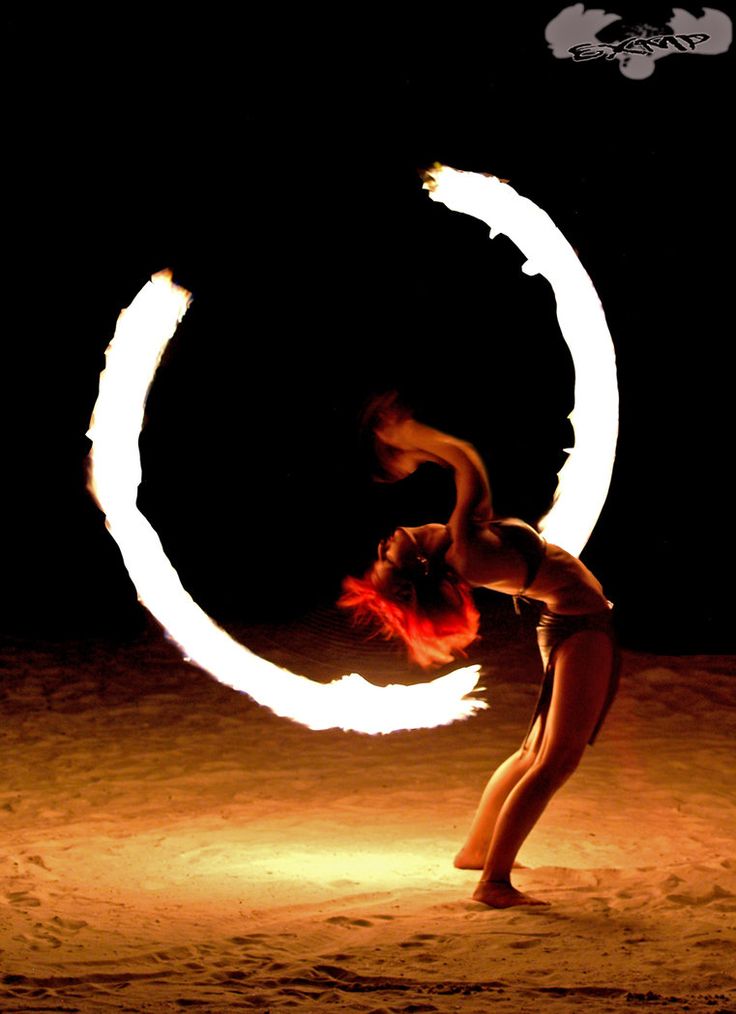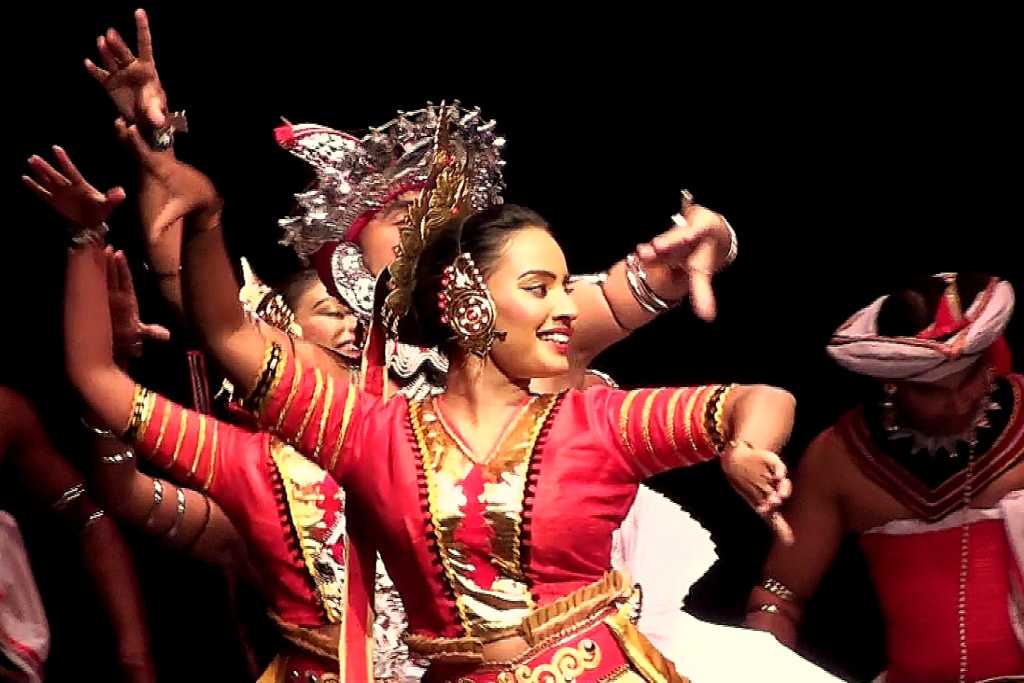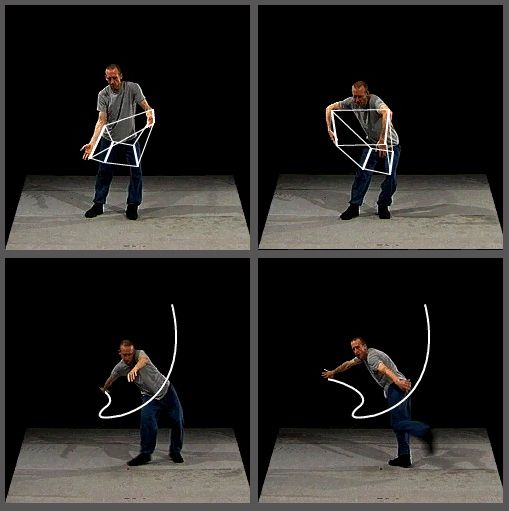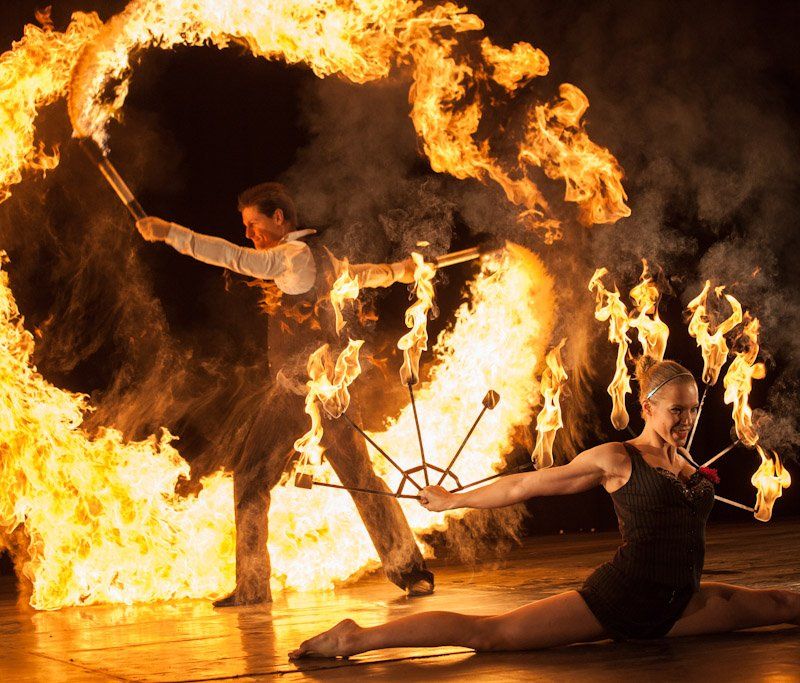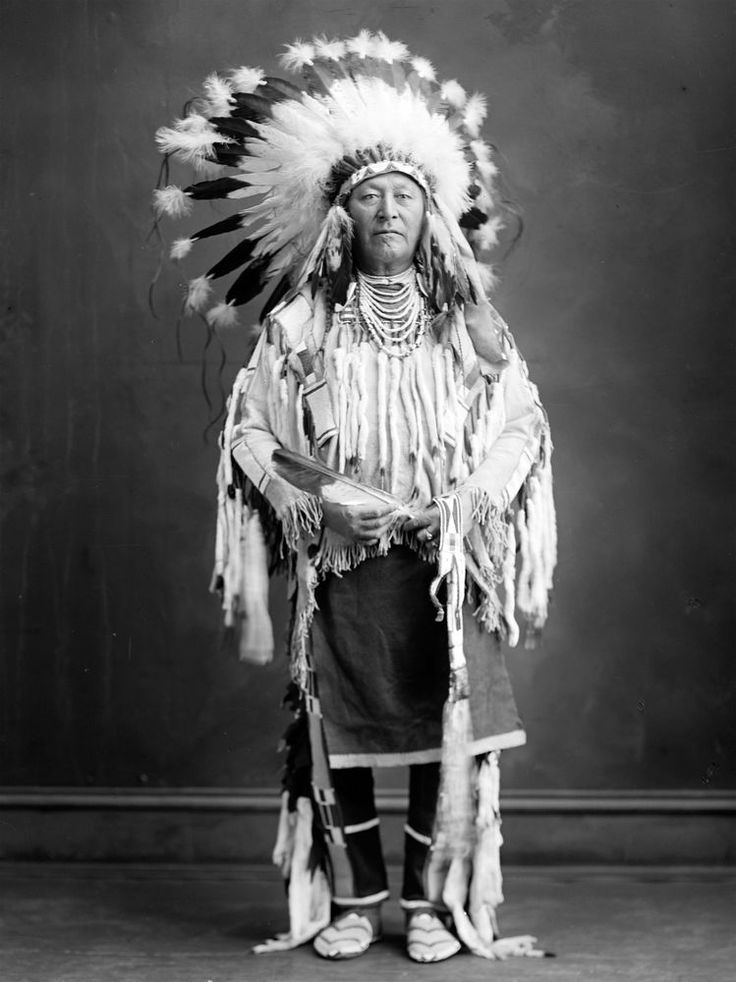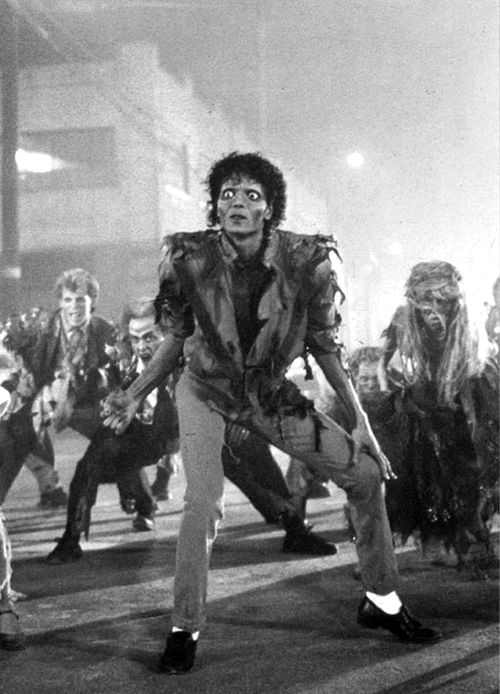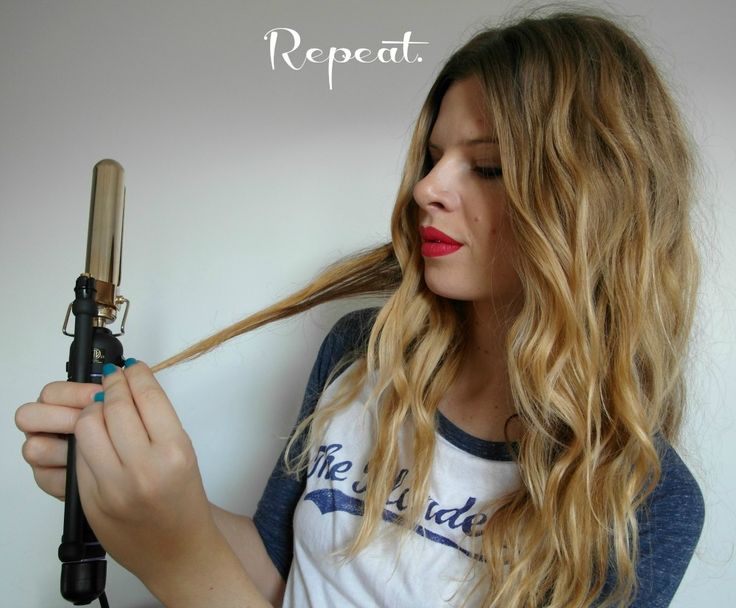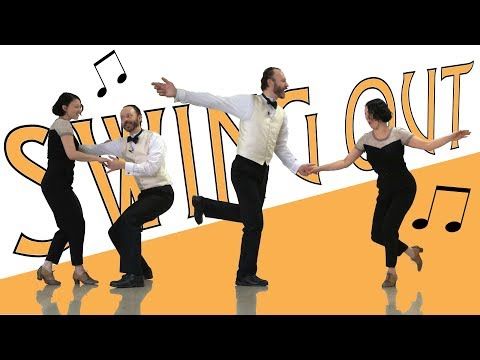How to fire dance with poi
Choosing Fire Poi which are right for you
Choosing the right fire poi dimensions which will feel right & allow you to pursue your own personal style of fire dancing can be daunting. There are so many poi specifications to consider including poi length, overall weight, poi head type, handle type… It may be helpful to seek the advice of an experienced artist.
I’ve made a career of dancing with fire poi, (20+ years including 3 years onstage with the Cirque du Soleil). I’ve always designed & constructed my own fire tools and have been teaching poi & staff & swords for over 15 years. Questions about ideal poi specs have come up often from my Students but much more so since I began offering my own custom-made fire poi to the public via the Fusion Arts Pro Fire Shop.
Below you will find my revelations regarding fire poi specs over years of impassioned obsession and design modification. Disclaimer! Opinions vary even between experienced poi artists. This is largely due to the different styles of poi spinning. I’ve named the style I’ve developed Dance-based Fire Dance, which I teach at my Workshops and Fire Dance Retreats.
In addition to my dance-based style, there is also contact poi, tech poi & other styles, each with their own priorities regarding poi specifications. Ultimately the question of which fire poi are right for you comes down to your own personal style and aspirations.
Hawaii Fire Dance Retreat! Join us!!!
WEEK 1 : October 16-22 2022
Mastering the Basics
Poi, Staff & Hula Hoop
WEEK 2: October 23-29 2022
Intermediate & Advanced
Poi, Staff & Hula Hoop
Choosing Fire Poi Length:
A general rule of thumb for choosing the right fire poi length for you, is to stand normally & measure the distance from your knuckles to the floor, then to subtract a couple centimeters (or inches) to make sure you aren’t going to skim the floor when you are spinning. This magic number is the length from the edge of the wick nearest the floor, all the way to your knuckles, but is not your total poi length. For your total poi length you will need to factor in the handle length (see the section on handle type below).
This magic number is the length from the edge of the wick nearest the floor, all the way to your knuckles, but is not your total poi length. For your total poi length you will need to factor in the handle length (see the section on handle type below).
If you are someone who is going to spin while standing as you normally would (hooray tech poi!), that measurement should be a good starting point.
But if you are someone who is planning to use levels during your performance (hooray dance-based fire dance!), getting low sometimes & lunging in order to jump, you will want to make sure that your poi aren’t so long that you are skimming the ground all of the time. In this case, you will want to take that same measurement (knuckles to floor) not while you’re standing normally, but at the level you plan to spin at the most often. I’d recommend taking a stance which is as wide as you think may be your average when navigating around the stage, then doing the measurement from there.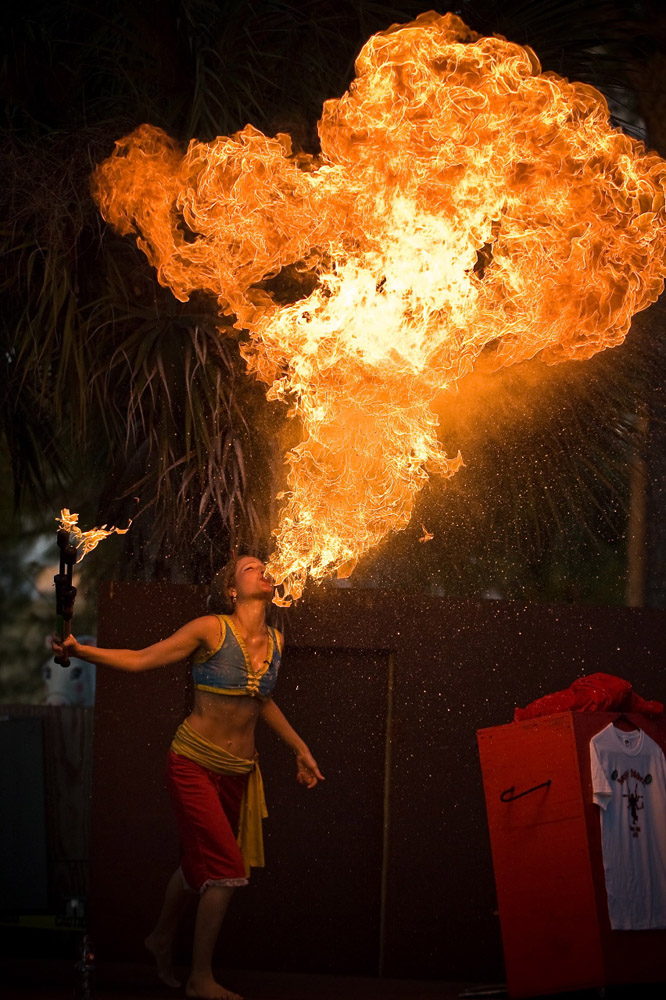
Here I am onstage with the Cirque du Soleil where I taught 20+ acrobats & dancers to perform some simple moves with poi & swords as a backdrop to my 5 minute act.
Keep in mind, you can always wrap up if you want to do some moves which require a shorter length (like the buzzsaw or anything in the internal plane) but once you’ve decided on total length, you won’t be able to make your poi longer without a redesign.
Many of the tech poi spinners I know, prefer poi which are a bit shorter, like 10-15cm (4-6”) from the floor. Having shorter poi can help when doing some techie moves (like contact-handle wraps and things in the internal & wall plane), although it can also make some techie moves more difficult (like isolation).
My custom fire poi come with two options for chain type; chain & technora. If you are ordering poi with chain instead of technora, it’s good to always err on the side of too long, as it’s easy to reduce the length with simple tools you may already have at home.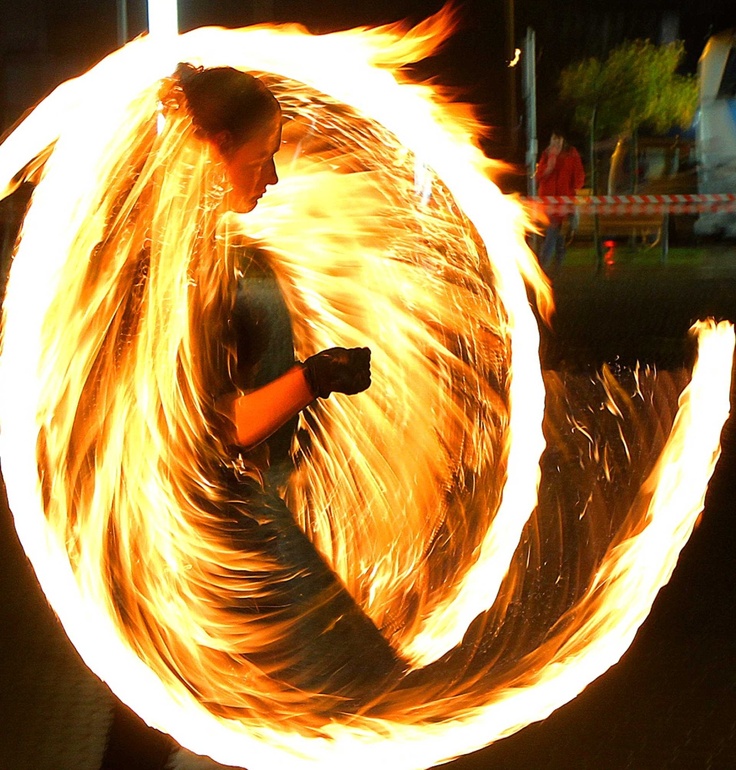 If you are ordering poi with technora rope instead of chains, you won’t be able to easily change the length once the poi are built, so it’s best to have a clear idea beforehand.
If you are ordering poi with technora rope instead of chains, you won’t be able to easily change the length once the poi are built, so it’s best to have a clear idea beforehand.
Choosing Fire Poi Handle Type:
When I began spinning poi in 2000, there were far fewer choices for poi handle type- single loop & double loop. These days, I can’t imagine being a newbie and trying to wrap my head around all of the different options. In the Fusion Arts Pro Fire Shop, I offer 3 types of handles: single loop, double loop & pomgrip handles.
For more on how handle type affects total length click here.
Single & Double Loop Handles:
The standard for years, these are great for learning & many experienced performers stick with them. The single loop handles offer a ton of different ways to hold your poi and you are bound to find your own unique way which feels the most comfortable to you.
They are limited in two ways as far as I can see. Firstly, they take a little bit longer to put on and off than ball or pomgrip handles. Of course this is just a matter of a couple of seconds, so it’s only a consideration if you are like me and choreographing quick transition between fire props during your show. Secondly, you won’t be able to toss your poi (and tosses, although they might seem daunting at first, are really a lot of fun and probably something you will want to try at some point).
Firstly, they take a little bit longer to put on and off than ball or pomgrip handles. Of course this is just a matter of a couple of seconds, so it’s only a consideration if you are like me and choreographing quick transition between fire props during your show. Secondly, you won’t be able to toss your poi (and tosses, although they might seem daunting at first, are really a lot of fun and probably something you will want to try at some point).
Pomgrip Handles:
I spun poi for 20 years before I really began doing tosses (thanks to covid 19’s silver lining and being stuck in Bali with Vojta after our annual fire dance retreat there). I’d been using some ball handles on my fire ropes as part of Fusion Arts Fire Dance Shows (to allow for quick transitions between props) but my fire poi still had single loop, nylon handles. After Bali I began using pomgrip handles because I really like the feel. They are grippy & light weight and offer the possibility to regulate the weight using washers. They also come in loads of colors, including glow in the dark, which is pretty handy for doing tosses in low light conditions.
They also come in loads of colors, including glow in the dark, which is pretty handy for doing tosses in low light conditions.
If you order your pomgrip handles from the Fusion Arts Pro Fire Shop, they come built with either a bit of technora & a swivel connected to chain or technora all the way between the pomgrip and the poi head, which makes spinning super comfortable & safe.
Choosing Fire Poi Head Size:
Which size of fire poi head to choose depends on how comfortable you are with the flame & your specific goals or style. If you have a specific goal, like performing to faster music this can affect your choice as heavier poi spin more slowly. By the same token, if you like to spin slowly, you will find it difficult to do so with poi which are too light.
I personally tend to spin slowly with my poi & quickly with my ropes. I’ve designed my acts this way because the ropes I make (and sell) are super lightweight and create great trails AND because I like the way slower movements look & feel with poi.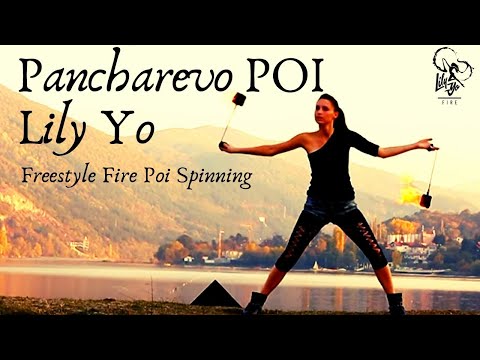 I actually have two sets of fire poi which allow me to adapt to different tempos of music. They are Medium Monkey Fists (80mm/ 3.15” in diameter) & Large Monkey Fist (90mm/ 3.5” in diameter).
I actually have two sets of fire poi which allow me to adapt to different tempos of music. They are Medium Monkey Fists (80mm/ 3.15” in diameter) & Large Monkey Fist (90mm/ 3.5” in diameter).
I offer 1-2 week-long fire dance retreats per year, in Hawaii, in Europe & in Bali. Join us!
Choosing Fire Poi Chain vs Technora Rope:
Who wants to risk metal burns from chains when there is an alternative that both looks & feels great? Fusion Arts currently offers technora rope as a replacement for chain on all of our poi & ropes.
I offer 3 sizes of monkey fist poi heads from the Fusion Arts Fire Shop.
Choosing Fire Poi Head Type:
There are as many poi head types as there are knots! I personally like the look & feel of the round, monkey fist poi heads. They feel like my contact poi/ LED poi which makes it a no brainer to switch between props for different shows or training.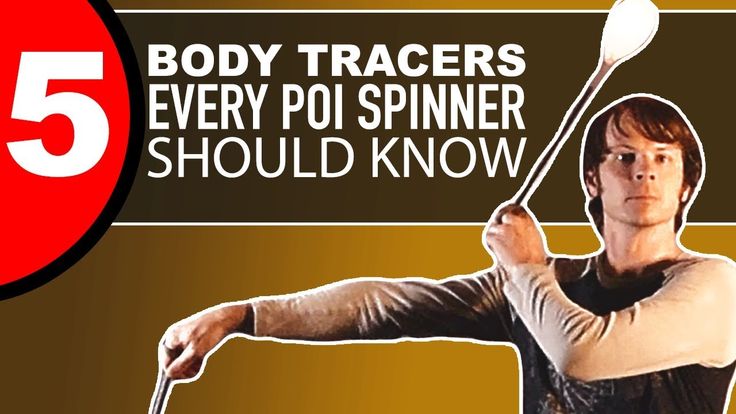 The type of wick is important too, which is why I use only knit (not woven) fire rope for it’s superior burn time.
The type of wick is important too, which is why I use only knit (not woven) fire rope for it’s superior burn time.
2003! My hairstyle & poi design have gone through multiple evolutions since ; )
Ultimately, choosing fire poi which are right for you depends upon your personal goals & style. After 20 years of building & spinning poi, I know how much every little detail can impact your performance. I began designing & selling custom made fire tools, to allow others to fine tune their staff, rope & poi specifications even if they don’t have the time or resources to design & build their own fire props . You will find even more info about specific fire props on those pages. If you have any questions, I’m here to help so feel free to contact me.
; )
Srikanta
Recent Posts
FIRE DANCE & FLOW RETREAT – POI & STAFF : FEB 19-25 2023 (OAHU HAWAII)
Fire Dance & Flow Retreat with Srikanta & Jen: 13-19 FEB 2022 (OAHU HAWAII)
Free Tutorial Videos
Fire Performance Poi - Etsy.
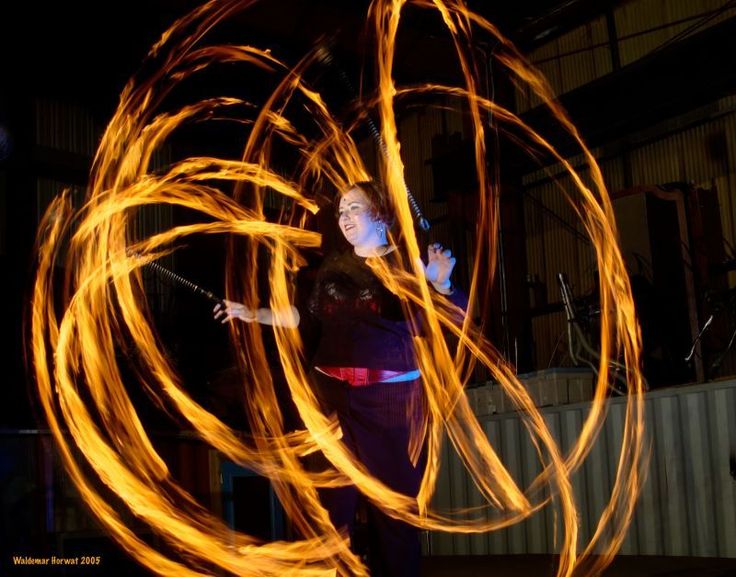 de
deEtsy is no longer supporting older versions of your web browser in order to ensure that user data remains secure. Please update to the latest version.
Take full advantage of our site features by enabling JavaScript.
Find something memorable, join a community doing good.
(122 relevant results)
Fire poi, or how firemen work
Man conquered fire many thousands of years ago.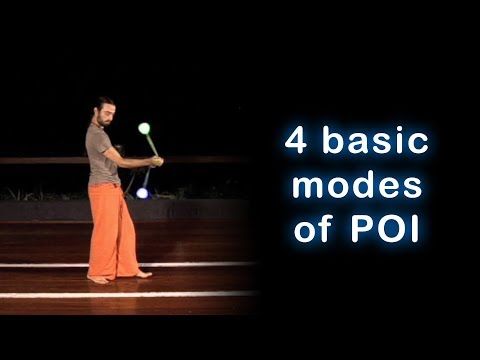 At first, he guessed about its applied value: to cook food, keep warm in winter, frighten and destroy the enemy. But over time, a person saw beauty in fire and learned to work real miracles. Fire performances were held in the cities of ancient China and in the Roman Empire, they were also found in Arab cultures. Today we will try to subdue the magic of fire.
At first, he guessed about its applied value: to cook food, keep warm in winter, frighten and destroy the enemy. But over time, a person saw beauty in fire and learned to work real miracles. Fire performances were held in the cities of ancient China and in the Roman Empire, they were also found in Arab cultures. Today we will try to subdue the magic of fire.
Tim Skorenko
An integral element of the fire show is, of course, poisters, people who "twist" poi - balls or objects of other shapes on ropes or chains. With quick and skillful rotation, burning poi form patterns and patterns in the air - this is incredibly beautiful. Poi came to Europe from New Zealand - the art of their rotation was a traditional form of dance among the Maori tribe. In the middle of the 20th century, a whole culture of poi began to emerge in Europe and the United States, and in the 1960s, the first schools and fire theaters appeared using poi as an element of performance. In Russia, both fireshow and poing as its element appeared only in the 2000s, but our posters are catching up with European culture at a frantic pace.
In Russia, both fireshow and poing as its element appeared only in the 2000s, but our posters are catching up with European culture at a frantic pace.
Fire Poi
Poi are not the only fire show props. There are also fans, poles, devilsticks, diabolos, maces, fiery bowls, levistics, and there are a thousand and one kinds of poi themselves. In addition, the equipment may not be fiery, but LED - for indoor performances.
Fire poi are made from Kevlar, a high tenacity para-aramid fibre. Kevlar holds temperature well - poi made from this material can last up to a year and a half. A wick knot is woven from Kevlar ribbons or cords, to which a metal chain is attached; at the other end of the chain there are leather loops for fastening on the arm. The poyster soaks the knot in kerosene (this is the most common combustible material, gasoline is rarely used), sets it on fire, and the show begins.
The shape and size of the node determines the duration of poi burning, the shape and size of the flame.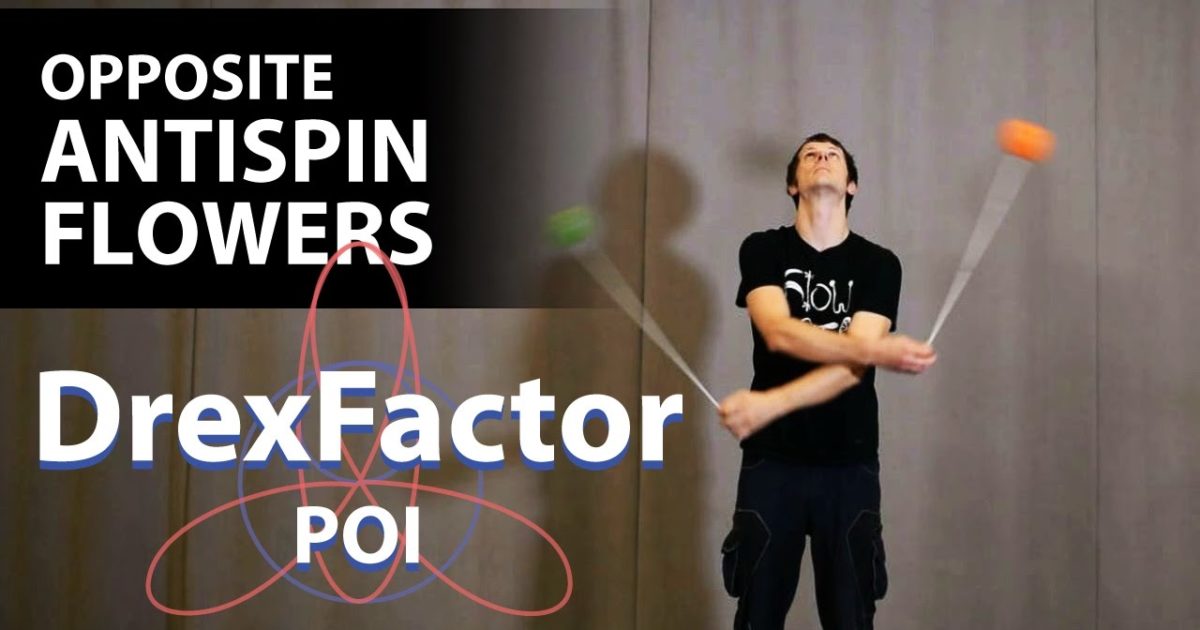 In the first years after the appearance of poing in Russia, the props were made independently, and in the absence of Kevlar - from asbestos fabric, basalt fiber, since they were easier to get. The most common type of poi then was (and still is) the so-called cathedrals: Kevlar or asbestos tape is folded in layers until a parallelepiped is obtained. Poi-cathedral does not burn for too long, three or four minutes, but it has a longer resource than poi of complex weaving.
In the first years after the appearance of poing in Russia, the props were made independently, and in the absence of Kevlar - from asbestos fabric, basalt fiber, since they were easier to get. The most common type of poi then was (and still is) the so-called cathedrals: Kevlar or asbestos tape is folded in layers until a parallelepiped is obtained. Poi-cathedral does not burn for too long, three or four minutes, but it has a longer resource than poi of complex weaving.
Another common species is the poi-monquifist. This wick is a classic monkey fist knot woven from Kevlar cord; it braids the ball-core, to which a clip with a chain is attached. Manquist can burn for a long time, up to eight minutes. And it all depends on how the knot is tightened. If it is strong, then the fire will be small, but the duration of burning will be maximum, and vice versa.
Poi can range from light to quite heavy. For example, the largest poi, "comets", reach 300 g in weight, and when thoroughly impregnated with kerosene or gasoline, their weight can almost double.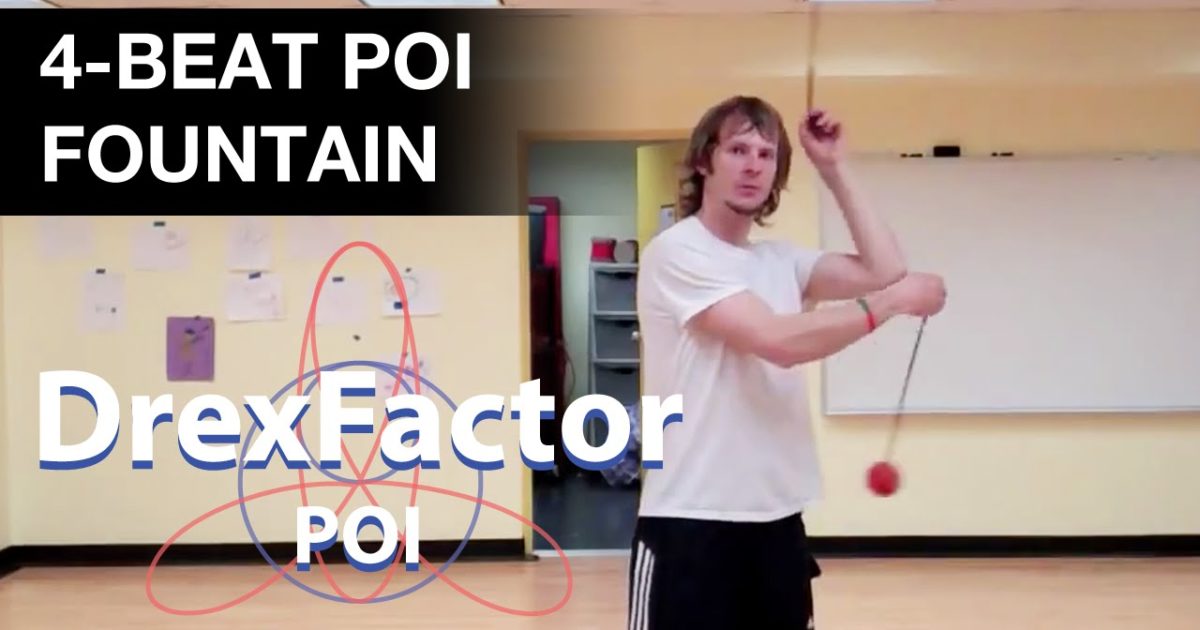 It seems like half a kilo is a trifle. In fact, rotating half a kilo on a 75 cm chain for a long time, and even performing various complex figures, is very tiring and seriously strengthens the muscles of the arms and back.
It seems like half a kilo is a trifle. In fact, rotating half a kilo on a 75 cm chain for a long time, and even performing various complex figures, is very tiring and seriously strengthens the muscles of the arms and back.
Other props
As already mentioned, the fireworker is not the only one alive, and we have listed almost a quarter of the varieties. After all, every theater, every workshop goes out of their way to come up with something new, combine props, distinguish themselves from competitors, and each pooster independently chooses the most convenient shells for himself.
Other props require no less skill when handling than when working with poi. In addition to poi, firemen use fans. A fiery fan usually has five arms with wick attachments, and its handle is ring-shaped so that you can rotate the fan on your hand. Poles with wicks at the ends and devil sticks are also used - short poles for juggling with sticks. Maxim Kryuchkov, head of the Pulse Show Moscow team of firemen (by the way, it was his team who helped us with the preparation of the article) said that he even met fiery nunchucks a couple of times. But such props are rare and require really skilled hands.
Maxim Kryuchkov, head of the Pulse Show Moscow team of firemen (by the way, it was his team who helped us with the preparation of the article) said that he even met fiery nunchucks a couple of times. But such props are rare and require really skilled hands.
By the way, poi also juggle. But for this, instead of leather fasteners for fingers, a special ball is strengthened at the end opposite from the wick, for which it is convenient to catch poi on fire after tossing. For dances with fire, so-called palm-torches are used, which are rigidly fixed on the palm.
Many fire tricks require no props at all other than your own body and a bottle of kerosene. Before our eyes, Maxim was driving a burning wick over the body, and after each such “wiring”, the skin blazed with a blue flame for some time. “No, it doesn’t hurt at all,” Maxim says. “Firstly, the fuel evaporates very quickly; secondly, it is not the fuel itself that is in contact with the skin that burns, but its vapors; thirdly, a thin layer of fuel even slightly cools the skin, creating a barrier between it and the flame.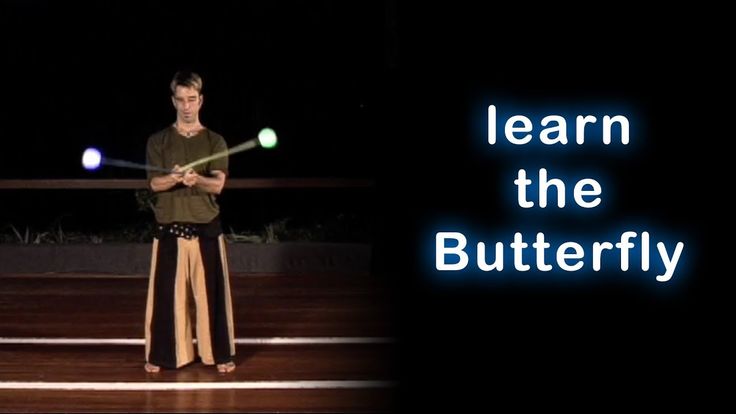 Only the hair burns, ”the fireman laughs.
Only the hair burns, ”the fireman laughs.
Electric dances
Naturally, you can't play with open fire under the roof. To organize a show indoors, fireworkers use LED poi and other luminous gadgets that are not capable of causing a fire. Electropoos come in a variety of shapes and colors. Poyster chooses props based on weight, brightness, color, and budget. By the way, electric poi are much lighter than fire poi, and they are weighted with weights to ensure proper balance. In addition to poi, almost all existing luminous objects are used in the fireless show. These are balls, LED frisbees, poles, devilsticks and even costumes. Special poi are also used, which do not glow at all, but are decorated with various ribbons and flags.
Fireshow in Russian
The first poyster meetings in Moscow were held on the Yauzskiye Vorota square near Kitai-gorod metro station. But later it became crowded there, and the firemen moved to Bolotnaya.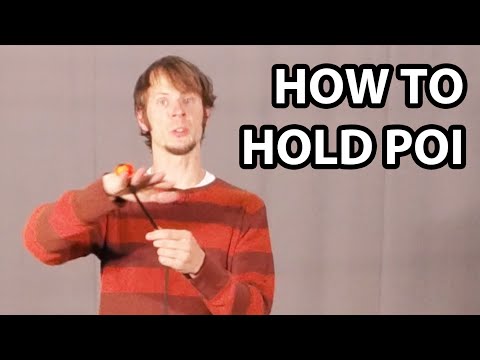 "No problem with the authorities?" we asked. “No, we are not doing anything illegal. On the contrary, we raise the mood of passers-by.”
"No problem with the authorities?" we asked. “No, we are not doing anything illegal. On the contrary, we raise the mood of passers-by.”
Today in Moscow there are about a dozen highly professional fireshow teams, another twenty are of an average level. “Learning a number of basic elements is not so difficult,” firemen say. - And each student considers it his duty to immediately create his own theater of fire. Therefore, there are many amateurs who assure everyone of their professionalism. But this is not bad: sooner or later they also come to a professional level, the number of posters and fireworkers is growing, and our business is moving forward.
Working with fire and poing in particular develop almost all human physical skills: reaction, muscle strength, agility, attentiveness, motor skills. And the need to constantly invent new elements and equipment trains imagination and ingenuity.
Thank you for your help in preparing the material Maxim Kryuchkov (Pulse Show team), Ivan Petrov (Krut training base) and Jay (Skill Box store)
Fire and dance.
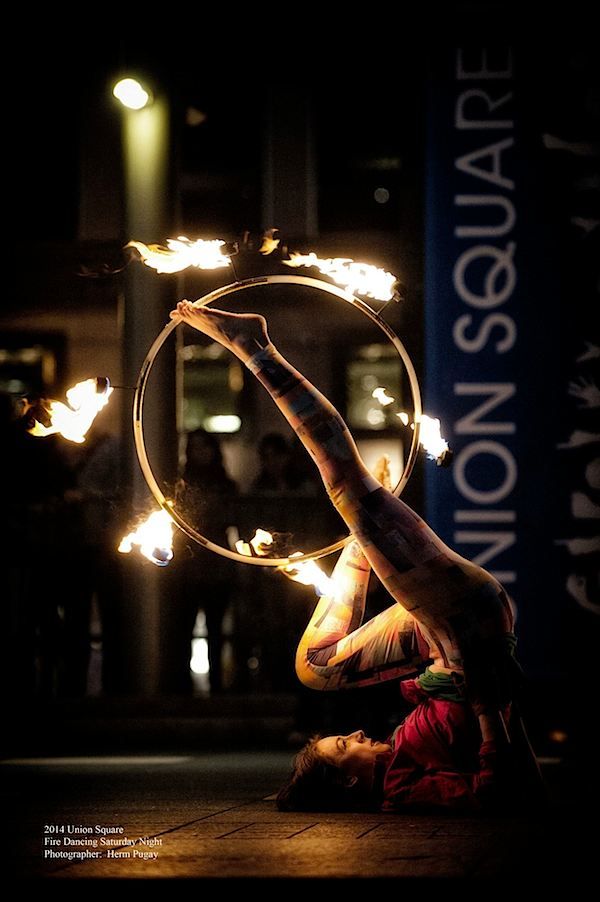 Dance with fire
Dance with fire Fire dance or dance with fire is not a new phenomenon in the life of human society. Probably, already in antiquity, dance separated from pantomime.
Dance is
In past centuries, on a primitive stage, hastily constructed venues, in mobile booths, scenes were played out that used religious mythological and genre scenes as a thematic primary source. The plasticity of the dance was created by the participants of the performance and had an abstract character, only elements of folk dance were introduced into the plot in the form of an appendage, named beyond recognition.
Creative groups acquaint people with their art, popularizing truly folk masterpieces of dance culture, while a successful creative find becomes the property of many if it is organically combined with truly folk dance.
Russian fire
It is impossible to eradicate the national spirit from the dance. First of all, this will be prevented by the metric and rhythmic structure of the national music, the peculiarities of the character and coordination of movements, and most importantly, the manner of performance, habit.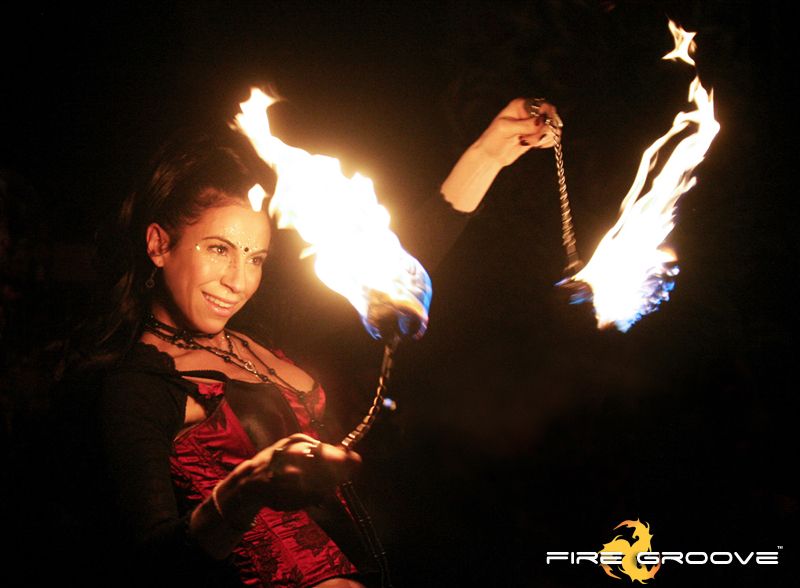 An Uzbek will not dance like a Russian; You can't confuse a Negro dance with a Scottish one. Only a culture torn off from national origins ceases to be original.
An Uzbek will not dance like a Russian; You can't confuse a Negro dance with a Scottish one. Only a culture torn off from national origins ceases to be original.
So, the main task now is to collect, record and preserve folklore dance as a traditional culture of TODAY, as an art created by the people and modified under its own influence.
How to create a quality dance with fire.
The qualitative side of fire show evolution is determined not so much by the degree of technical perfection. poses, movements, effects, manner, performances remain unchanged for a very long time, their combination and expressiveness change. The folklore musical and plastic culture of the people receives a second life on the stage after some processing. If the production of a fire show-dance is prepared for performance on stage, allegedly without the participation of a choreographer, then we can safely quote K. Stanislavsky: “I don’t believe it!” In the fire show there is always a multiple repetition of the same Movements and figures.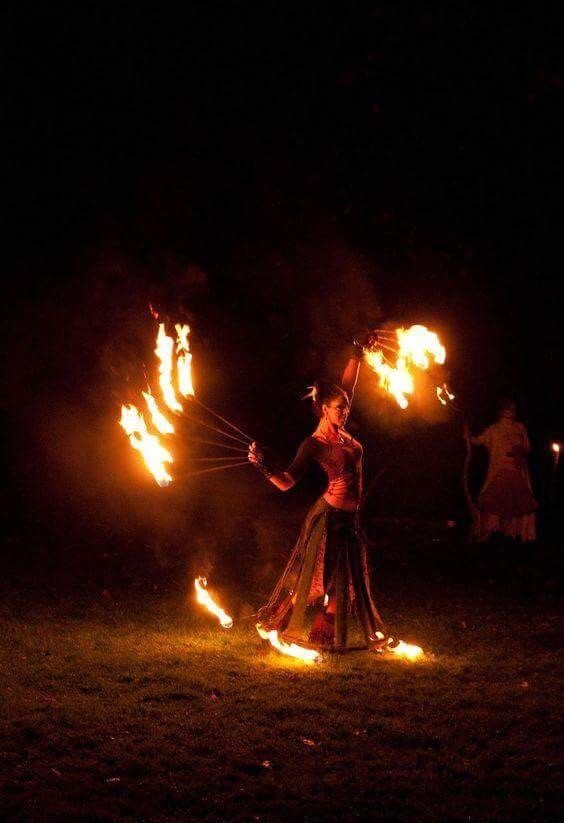 Spectacle dictates the need for jewelry and competent removal of unnecessary details, changes in dance patterns, performance of movements, in choosing a convenient and advantageous angle for the viewer, and sometimes even in changing or supplementing figurative tasks, but in the spirit and character of the artists creating this dance.
Spectacle dictates the need for jewelry and competent removal of unnecessary details, changes in dance patterns, performance of movements, in choosing a convenient and advantageous angle for the viewer, and sometimes even in changing or supplementing figurative tasks, but in the spirit and character of the artists creating this dance.
What is Character Dance?
Characteristic classical dance. Character dance is the name of the academic form of national dances. Unlike folk dance, it is based on the techniques of a professional system, therefore, a characteristic dance is characterized by a national flavor, something that gives the event taking place on stage a special authenticity and charm. The characteristic dance is preserved and promoted by folk dance ensembles.
The term "character dance" in its original meaning was used for a dance with a large amount of national characteristic material, and later, a stage (academic) adaptation of folk dance, complicated by professional techniques.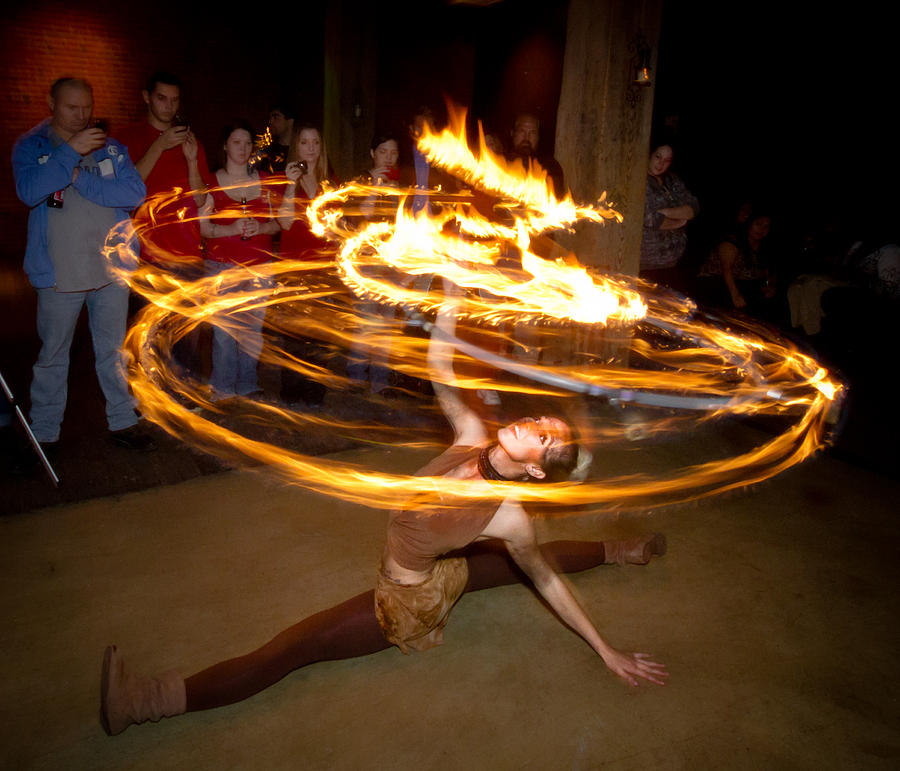
The name of the dance "characteristic-classical" has taken root among professional theater dancers. Having classical dance as its base and, at the same time, being a processed form of folk dance, it carries a characteristic basis and seeks to merge with the folk dance form. These are Spanish, Polish and Italian dances in Swan Lake, Polovtsian dances in the opera Prince Igor, oriental dances in the Fountain of Bakhchisarai, Russian dances in The Little Humpbacked Horse. The existence of different forms of dance within the framework of one ballet performance is quite natural. Here the nature of the folk dance emphasizes the place and time of the action.
Classical dance - the basis of the fire show dance project
Appeared as an independent dance system in the European theater. The main elements were formed in antiquity and improved by professional performers over the centuries. Italy is considered to be the birthplace of dance, and it was developed in France, where it acquired the terminology that choreographers of all countries still use today.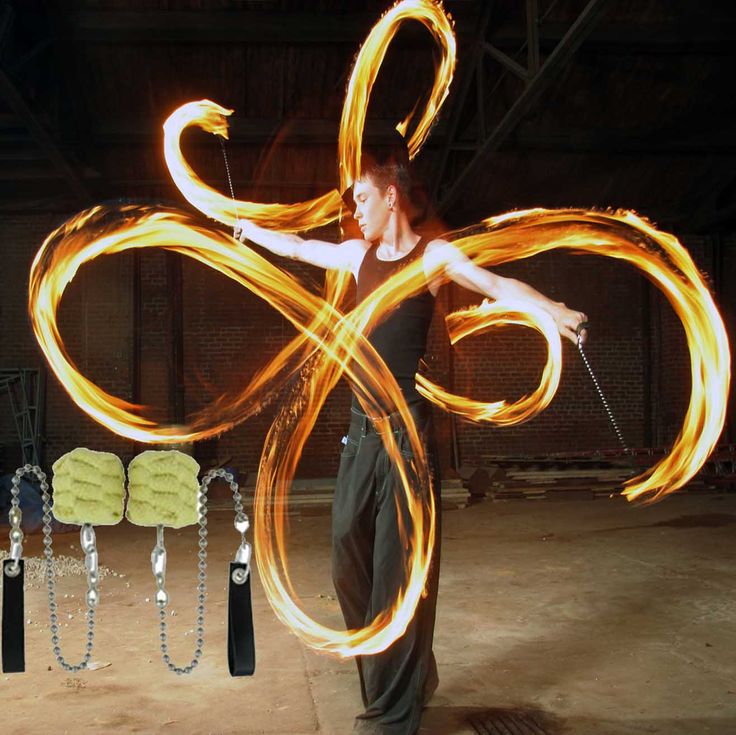 And yet the generally accepted academic form of dance was born in Russia. Classical dance was created by careful selection of individual body positions and movements that have completeness and certainty, as well as allowing the use of the plastic capabilities of the human body. Despite the fact that the classic has a limited number of movements and poses, its aesthetic value does not suffer from this. He won the right to a long life by the ability to endlessly combine his relatively meager stocks of movements and merge with adjacent dance forms without losing his face.
And yet the generally accepted academic form of dance was born in Russia. Classical dance was created by careful selection of individual body positions and movements that have completeness and certainty, as well as allowing the use of the plastic capabilities of the human body. Despite the fact that the classic has a limited number of movements and poses, its aesthetic value does not suffer from this. He won the right to a long life by the ability to endlessly combine his relatively meager stocks of movements and merge with adjacent dance forms without losing his face.
The most important principle of eversion, that is, the ability of the dancer(s) to freely turn the legs outward, from the hips to the toes, is achieved through Long Exercises. The eversion allows the use of lateral movements, and in the jump and on pointe shoes it helps to achieve retraction and maximum composure, which prevents possible cases of injury. As an academic discipline (training), classical dance is a dance gymnastics necessary for the development of the expressive means of the performer. The main thing in the teaching of classical dance is the directed emancipation of the entire motor apparatus of the dancer with the ultimate goal of achieving maximum freedom and breadth in the performance of any movements. Classic gives the opportunity to use many different options for a stable body position and contributes to the overall coordination of the dancer in space. Dance lessons with a lot of jumps help to master the “flying”. A certain "tightness" of the body has its advantages - excellent results when working on "drifts", which is possible only with maximum concentration. Excessive, self-sufficient technicality, "beading" is the enemy of figurativeness, but without a refined technique of execution there is no filigree.
The canonized positions of the arms and legs balance the body and develop stability, but partially limit the plasticity. Nevertheless, classical dance purposefully contributes to the development of performing abilities, such as eversion, purity of poses and ease of jumps, harmony of lines and plasticity of movements.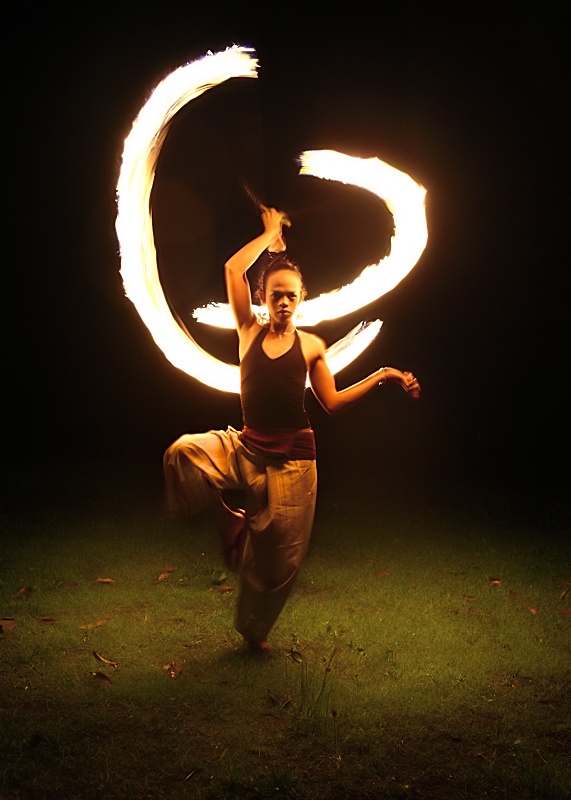
Fire show requires from the artist:
Requires courage and accuracy to some risk, strength and dexterity from a man, all this under the indispensable condition of exceptional composure and attention. Performers must combine coherence, a single tempo and rhythm. The team must work as a single mechanism. Exits care, set fire to props timely, no safety violations. Multiple special effects are triggered at the concert venue and may interfere with the dance performance, however, this is not a hindrance for a professional dancer - juggler - artist. To all this, we can add that pyrotechnic props and stationary (ground, high-rise, park) pyrotechnics smoke the fire show venue, especially if it is a wedding performance of a fire show with a lot of shots - but the artists of the “Best Collections Show” are prepared for all this, noise and the smell does not interfere with work and convey the figurative manner of dance performance.
Duet in a dance
A choreographic duet is an insert element, the plot of a ballet performance or an independent number of a concert program (Divertissement number in an operetta).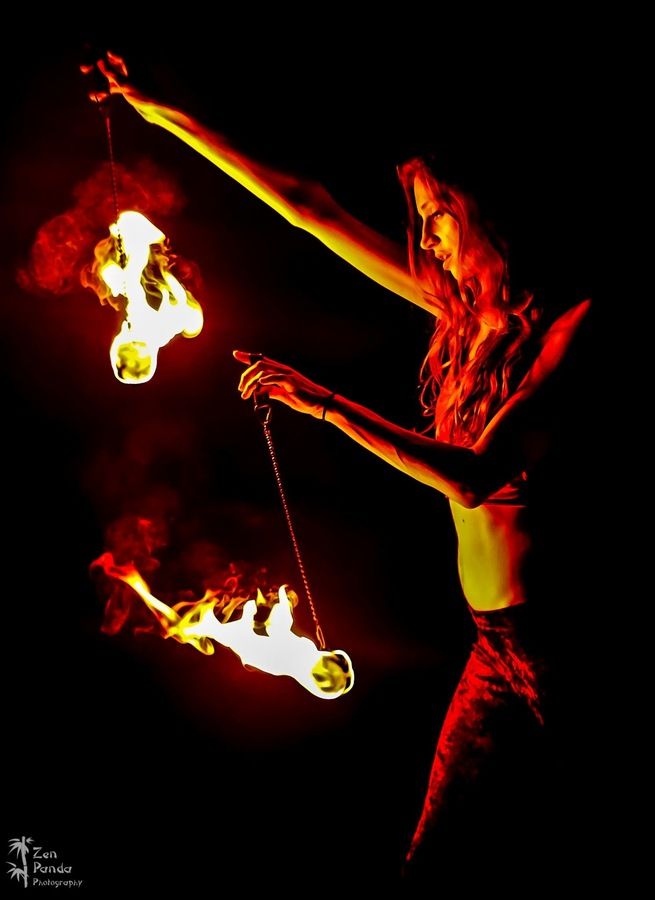 Waltz, adagio and other musical forms are used as musical accompaniment, but the fast tempo requires a filigree partner's help technique.
Waltz, adagio and other musical forms are used as musical accompaniment, but the fast tempo requires a filigree partner's help technique.
In the very first dance combinations, the partner was only slightly raised from the floor. Gradually, the jumps became so complicated that the genius of dance was singled out as a separate discipline.
Duet dances are conditionally divided into two types. The measured one has a minimum of supports, and in the dance "their combinations, the partner uses them only occasionally when performing movements or rotations that require his help. This enriches the expressive colors and pattern of an effective dance. From French it is translated as half, in part, that is," semi-classic ". And right! Classical dance in such a choreographic dialogue is used in part in so far as. Namely: poses, some movements, rounds on pointe shoes, many runs and with the aim of making another preparatory support movement, up to dizzying.
Sometimes it is difficult to find the boundary in such a Duo, where the dance ends and the acrobatics begins. Choreographers justify the use of power techniques in classical dance by the small size of the concert venues. And in operetta theaters, as a rule, they leave a minimum platform for insert numbers.
Choreographers justify the use of power techniques in classical dance by the small size of the concert venues. And in operetta theaters, as a rule, they leave a minimum platform for insert numbers.
Sometimes they try to bring some national touches into cascade dances, but this superficial cover in no way brings them closer to folk dance. By adding elements of folk dance to the eccentric (some Movements, a characteristic position of the hands) and even dressing the dancers in a costume close to the national one, but leaving the cascade dance style, you can only diversify the colors, but the spirit of the spectacular and entertaining role will remain.
Modern - a new dance direction in the fire show.
Modern is a code name for the visual trend in modern dance art. As an independent movement, it emerged at the beginning of the 20th century and has various dance schools.
The emergence of a new choreographic school is the result of a search for a kind of dance that would meet the spiritual needs of modern man. Creative search was aimed at depicting feelings in context with figurative tasks. This is a reproduction of passions, experiences through the rhythm, timbre and mood of music, through the logic of feelings; it is an attempt to reveal the inner world of a person through symbolic and naturalistic gestures. Unusual combinations of movements appeared, dispassionate in their generalization, or abstract pathetic images devoid of development were modeled. Some Art Nouveau ballet performances did not have a clearly developed storyline, and the analysis of a narrow range of human sensations or a certain human condition served as the basis for the content. The forerunners of this trend were F. Delsarte and the dancer Isadora Duncan. Supporters of modernism called for the replacement of the "obsolete" classical dance with free dance. Stage improvisation of movements was implied, expressing the momentary mood and feelings of the performers. But be that as it may, these artists misled the viewer: any, I emphasize, any improvisers, whether they are instrumentalists, dancers or poets (including akyns in Central Asia), use “homemade preparations” in their performances.
Creative search was aimed at depicting feelings in context with figurative tasks. This is a reproduction of passions, experiences through the rhythm, timbre and mood of music, through the logic of feelings; it is an attempt to reveal the inner world of a person through symbolic and naturalistic gestures. Unusual combinations of movements appeared, dispassionate in their generalization, or abstract pathetic images devoid of development were modeled. Some Art Nouveau ballet performances did not have a clearly developed storyline, and the analysis of a narrow range of human sensations or a certain human condition served as the basis for the content. The forerunners of this trend were F. Delsarte and the dancer Isadora Duncan. Supporters of modernism called for the replacement of the "obsolete" classical dance with free dance. Stage improvisation of movements was implied, expressing the momentary mood and feelings of the performers. But be that as it may, these artists misled the viewer: any, I emphasize, any improvisers, whether they are instrumentalists, dancers or poets (including akyns in Central Asia), use “homemade preparations” in their performances.
Modernists believed that the natural plasticity of a person (without eversion and pointe shoes) is quite expressive. They declared twisting to be unnatural and opposed classical dance with their own abstract, sensual, supposedly improvised.
And let's not forget that everything on the stage is for fun. Even pure classics.
In the second half of the 20th century, a path of mutual understanding was paved between the supporters of classical dance and dance "modern" - the process of mutual enrichment began. By this time, the new modernist choreographers had adopted a lot from the experience of classical dance, developed and tested such areas of expression as the dance state of weightlessness in space dances, the state of a person in a dream, etc.
Many finds of the "modern" school are now used in rhythmoplasty, and rhythmic gymnastics can be considered its offspring.
The rapprochement of abstract and academic dance, the conversion of modernists to the classical heritage, undoubtedly, expanded the technical and plastic possibilities of the new trend in ballet art, but did not change its essence.